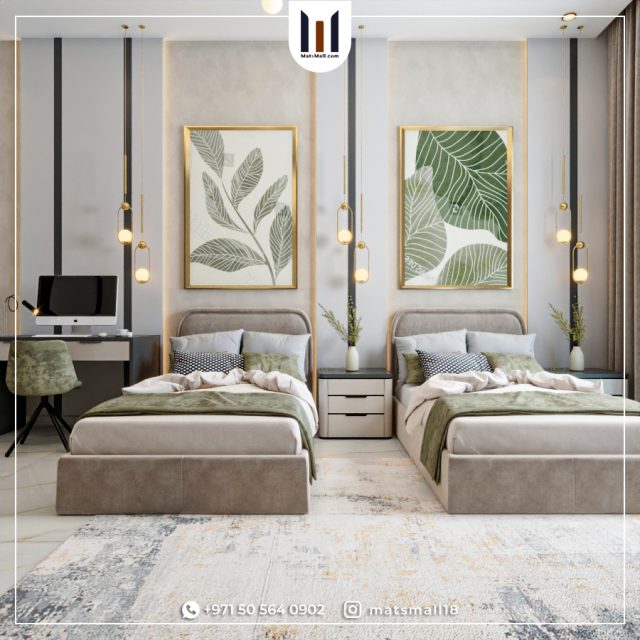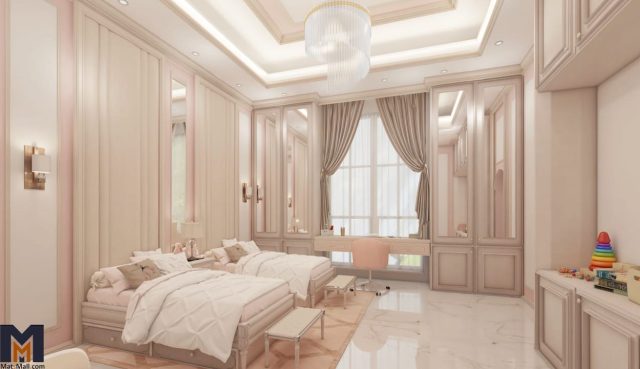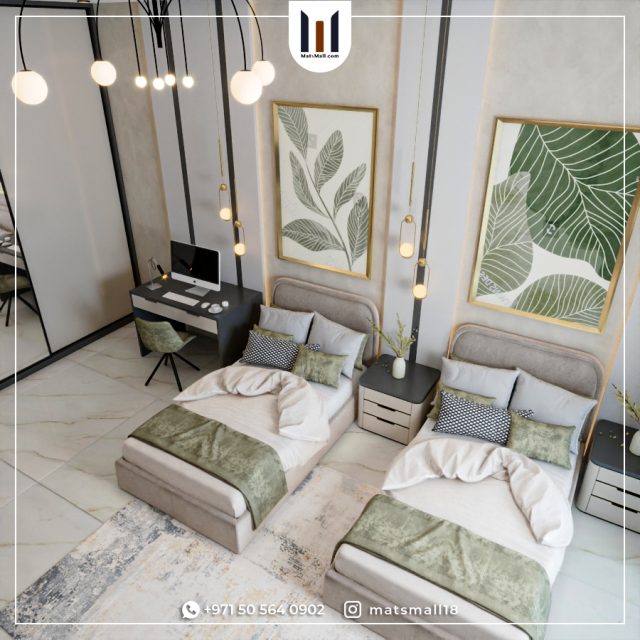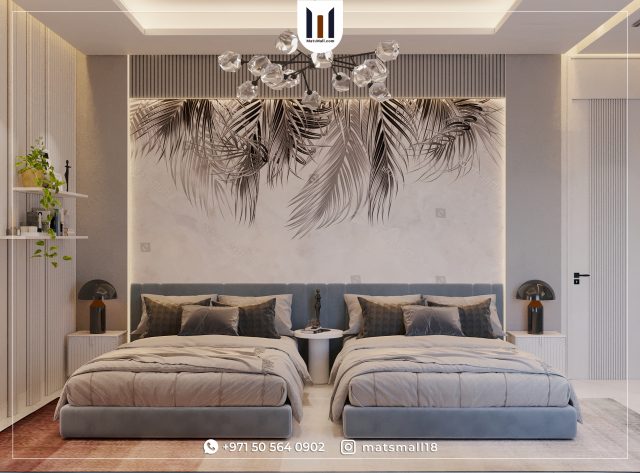When decorating a child’s bedroom, safety should always be a priority. This includes getting rid of furnishings with sharp edges and corners and ensuring that all materials used in the area are non-toxic. Know more details on how to design your kid’s bedroom and get inspired.
Key Design Elements for a Kid’s Bedroom

Parents can build a safe and comfortable environment for their children to grow and develop in by prioritizing safety and taking into account the child’s particular needs.
When decorating a child’s bedroom, safety should always be a priority. This includes avoiding furnishings with sharp edges and corners and ensuring that all materials used in the space are non-toxic. It is also crucial to consider the child’s unique requirements or sensory concerns, such as selecting appropriate lighting, colors, textures, and patterns. Parents may provide a safe and comfortable environment for their children to grow and thrive in by prioritizing safety and addressing the child’s particular requirements.
Functional furniture and storage are also important factors to consider when decorating a child’s bedroom. The furniture should be child-sized and have plenty of storage room for toys, clothing, and other items.
This helps keep the space organized and encourages the child to develop good cleaning and organization habits. Choosing furniture and decor that can grow with the child will also save money and eliminate the need for frequent redesigns as the child grows.
Finally, innovative and colorful decor can help make a bedroom a pleasant and appealing area. This includes things like bright bedding, wall stickers, and unusual lighting fixtures. Parents can also include their children in the design process, giving them input on the decor and making the room feel more personal and essential to them. Parents may build a kid’s bedroom that is both functional and exciting for their child by combining safety considerations, practical furniture and storage, and colorful decor.
How to decorate your kid’s room

By following these steps we guarantee you a playfulm and fun room for your little ones,
- Plenty of space where they can create and make a mess.
- Consider space to hang their artwork.
- A relaxing reading spot .
- Smart storage furniture.
- Choose bed wisely.
- Wall colors must be bright and playful.
- Lighting must be strong.
- Invest in their toys.
Kid’s bed designs to save space
As a parent, saving space in your little kid’s room is essential. Their room includes a bed, play area, and organizer. So beds must be saving space not bulky and huge.
Bed ideas you can choose from:
- Bunk bed
- Loft bed
- Wall bed
- Trundel bed
- Storage bed
- Floor bed
Desk types to include in your kid’s room

Desks are for fun activities and studying, choosing the best desk encourages kids to be creative.
Here are desk types for your kid’s room:
- Basic desk
- Floating desk
- Adjustable desk
- Drawer desk
Choosing the right colors for a kid’s bedroom

There are many factors to consider while choosing colors for a child’s bedroom. One of the most crucial elements is age because various age groups react differently to different colors. According to a Research study, lighter colors are related to happy moods in younger children, while darker tones are associated with negative feelings.
Color selection can also be influenced by gender, as various shades are commonly associated with specific genders. It is crucial to remember, however, that these associations are not fixed, and kids should be permitted to select colors that reflect their unique tastes. Other considerations to consider are the room’s size and lighting, as well as the desired mood or atmosphere.
Numerous colors are suitable for different ages and genders. Bright and cheerful colors, such as orange, yellow, and pink, are popular selections for younger children because they promote enjoyment and positivity. Colors that are more muted and sophisticated, such as blue, green, and gray, can produce a soothing and relaxing environment for older children.
It is also vital to examine the room’s general color design, as a unified and practical color palette can aid in the creation of an aesthetically pleasing and functional environment. There are various things to consider when designing a color scheme that is both coherent and effective.
One suggestion is to chat with your child and include them in the color decision process, as this can help guarantee that they feel comfortable and happy in their room. Another suggestion is to use colorful furniture or décor pieces that match the overall color palette.
Furthermore, sticking to a set color palette or theme and using multiple hues and tones of the same color can help to create a unified and visually appealing style. Finally, keep in mind that the colors you choose might influence your child’s attitude and behavior, so choose colors that create a happy and tranquil environment, especially for sleep.
Conclusion
Including a play area in a child’s bedroom is critical for encouraging creativity and imagination. An effective play area must include storage and chairs. Toys and games can be kept organized and off the floor by using wall-mounted shelves, bookcases, and storage boxes. A warm reading corner with a comfy chair or bean bag might also encourage kids to spend more time reading and exploring their imaginations. Consider employing under-bed storage or vertical space with hanging organizers in smaller bedrooms. If space is an issue, consider incorporating a play area into another section of the house, such as the living room or basement.
Designing your kid’s bedroom is a fun process that you can make memories designing it with your children, but if you need professional help, Matsmall can help you and show you how to design your kid’s bedroom.
Contact us on WhatsApp at +971505640902 for a free consultation.


